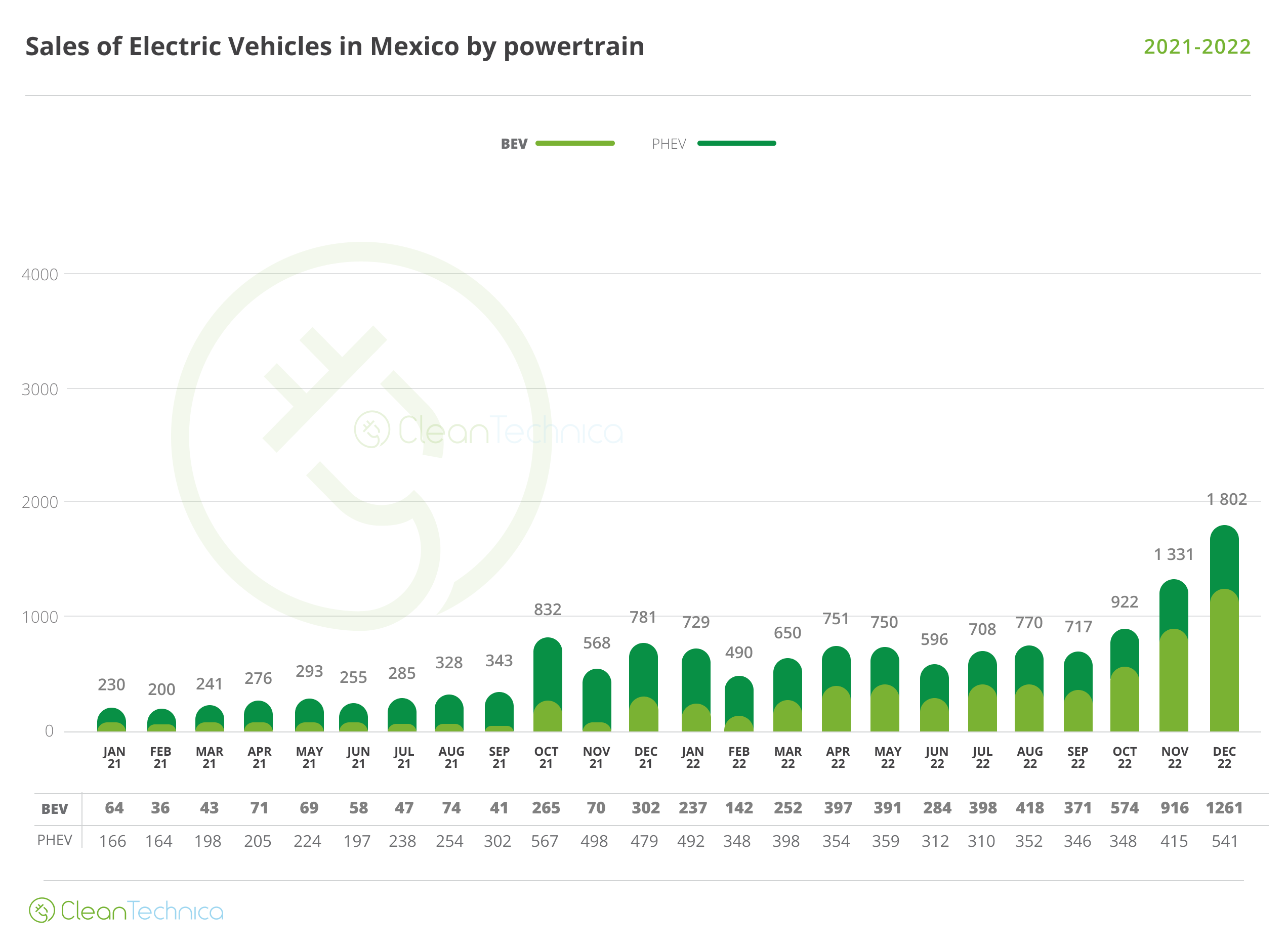By Peter Kennedy
James Bay, Quebec – Nestled in the expansive wilderness of northern Quebec, the James Bay territory stands as a testament to Canada’s rich mining heritage and a beacon for its economic future. Spanning decades, the history of mineral exploration in this region is not just a tale of geology but of adaptation and forward-looking development.
The James Bay territory first gained significant attention in the mid-20th century when the quest for valuable minerals like gold, copper, and nickel brought prospectors, geologists, and large mining corporations to its remote landscapes. This region is an integral part of the Canadian Shield, one of the world’s richest areas in terms of mineral resources, which has been mined for over a century.
Gold has been the most luminous draw for the region, with several notable discoveries catalyzing industrial activities and economic development. The most significant of these in recent years is the Éléonore Mine, which lies at the heart of the territory. Owned by Newmont Corporation, the mine achieved commercial production in 2014 and continues to be a major player in the gold sector.
The mining history here is also deeply intertwined with the development of the James Bay Project in the 1970s. Originally conceived as a series of hydroelectric installations, the project expanded infrastructure in the area, thus reducing the remoteness and logistical challenges previously associated with mining operations in northern Quebec.
Mining in James Bay has not been without its challenges, particularly concerning environmental sustainability and relations with indigenous communities, notably the Cree. The Cree have been pivotal in negotiating agreements that ensure responsible mining practices while garnering economic benefits for their communities.
These agreements often serve as benchmarks for industry standards in corporate social responsibility within the mining sector. They include provisions for environmental monitoring, community consultation, and sharing the economic benefits of mineral exploitation.
Today, the economic future of James Bay looks promising, fueled by ongoing mineral exploration and technological advancements. The rise of green technologies, especially those requiring nickel, copper, and lithium for electric vehicle batteries and other renewable energy technologies, positions James Bay as a critical player in the global transition to a greener economy.
Moreover, the advent of new exploration technologies and geophysical techniques has enabled mining companies to discover mineral deposits that were previously undetectable with older methods. This technological edge is driving a new wave of exploration, ensuring that the mining sector remains a cornerstone of the region’s economy.
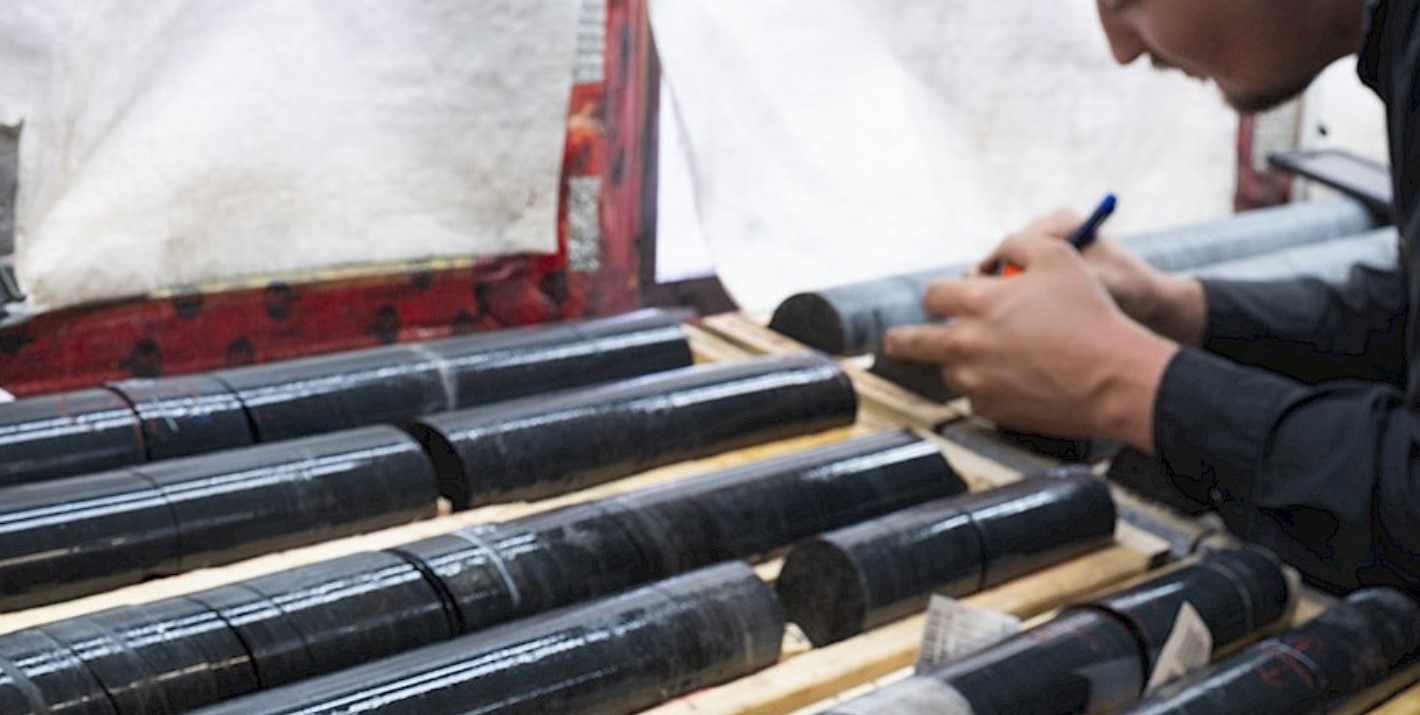 Fury Gold Mines Ltd. [FURY-TSX, NYSE American] is working to demonstrate once again that the best place to find new gold mines is in the vicinity of established mining operations.
Fury Gold Mines Ltd. [FURY-TSX, NYSE American] is working to demonstrate once again that the best place to find new gold mines is in the vicinity of established mining operations.
With key exploration properties in two of Canada’s most prolific mining jurisdictions: the James Bay region of Quebec and the Kitikmeot region of Nunavut, Fury is very well positioned to carry out that strategy by growing its multi-million-ounce gold portfolio through additional discoveries on three key properties.
Continued success on that front could make Fury a target of upcoming consolidation in the gold mining sector, according to Fury CEO Tim Clark, who leads a management team and board of directors with proven success in financing and advancing exploration assets.
Clark said Fury is in an advantageous position (for a junior exploration company) because its shares are listed on NYSE American. He believes the U.S. listing could be valuable if a spike in the price of gold sends NYSE investor money flowing back into the junior mining space.
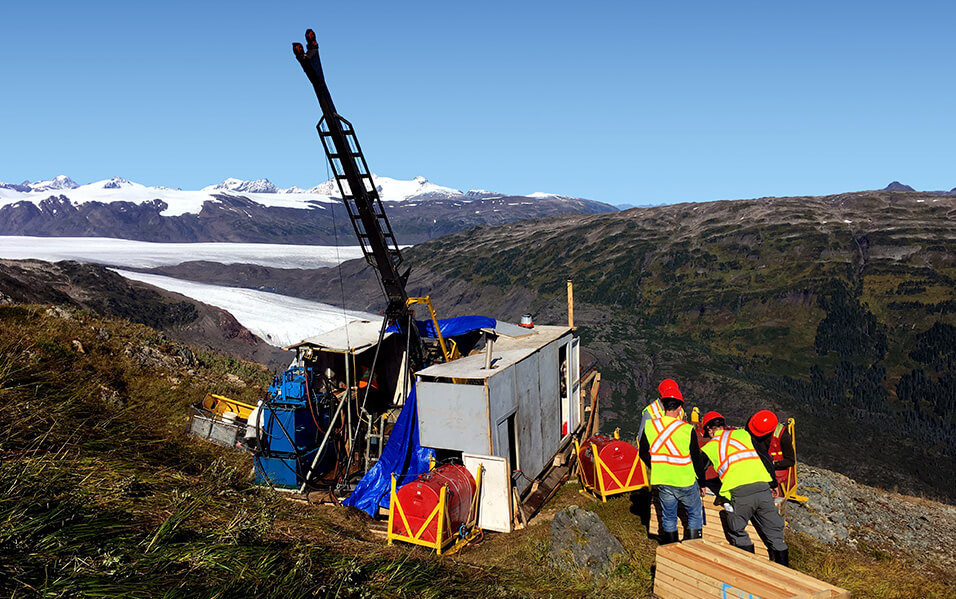 The company has a strong balance sheet with C$8.1 million in the treasury and ownership of 54 million shares of Dolly Varden Silver Corp. [DV-TSXV, DOLLF-OTCBB], a junior that offers exposure to British Columbia’s Golden Triangle region. Fury’s Dolly Varden shares currently have a market value of approximately C$60 million.
The company has a strong balance sheet with C$8.1 million in the treasury and ownership of 54 million shares of Dolly Varden Silver Corp. [DV-TSXV, DOLLF-OTCBB], a junior that offers exposure to British Columbia’s Golden Triangle region. Fury’s Dolly Varden shares currently have a market value of approximately C$60 million.
By comparison, Fury has a market cap of C$87 million, based on the trading price of 58 cents on July 8, 2024.
In Quebec, Fury is focused on its 100%-owned Éléonore South and Eau Claire properties. Éléonore South (14,700 hectares) is strategically located in an area of prolific gold mineralization with Newmont Corp.’s [NGT-TSX, NEM-NYSE] Éléonore Mine to the north and Sirios Resources Inc.’s [SOI-TSXV, SIREF-OTCQB] Cheechoo deposit to the east.
Two distinct styles of mineralization have been identified to date; structurally controlled quartz veins hosted within sedimentary rocks, similar to the high-grade mineralization observed at the Éléonore Mine; and intrusion-related disseminated gold mineralization, similar to that seen at the lower-grade, bulk tonnage Cheechoo deposit. At Cheechoo, there is some potential for higher grades hosted in stockwork quartz veining as observed at the JT and Moni showings.
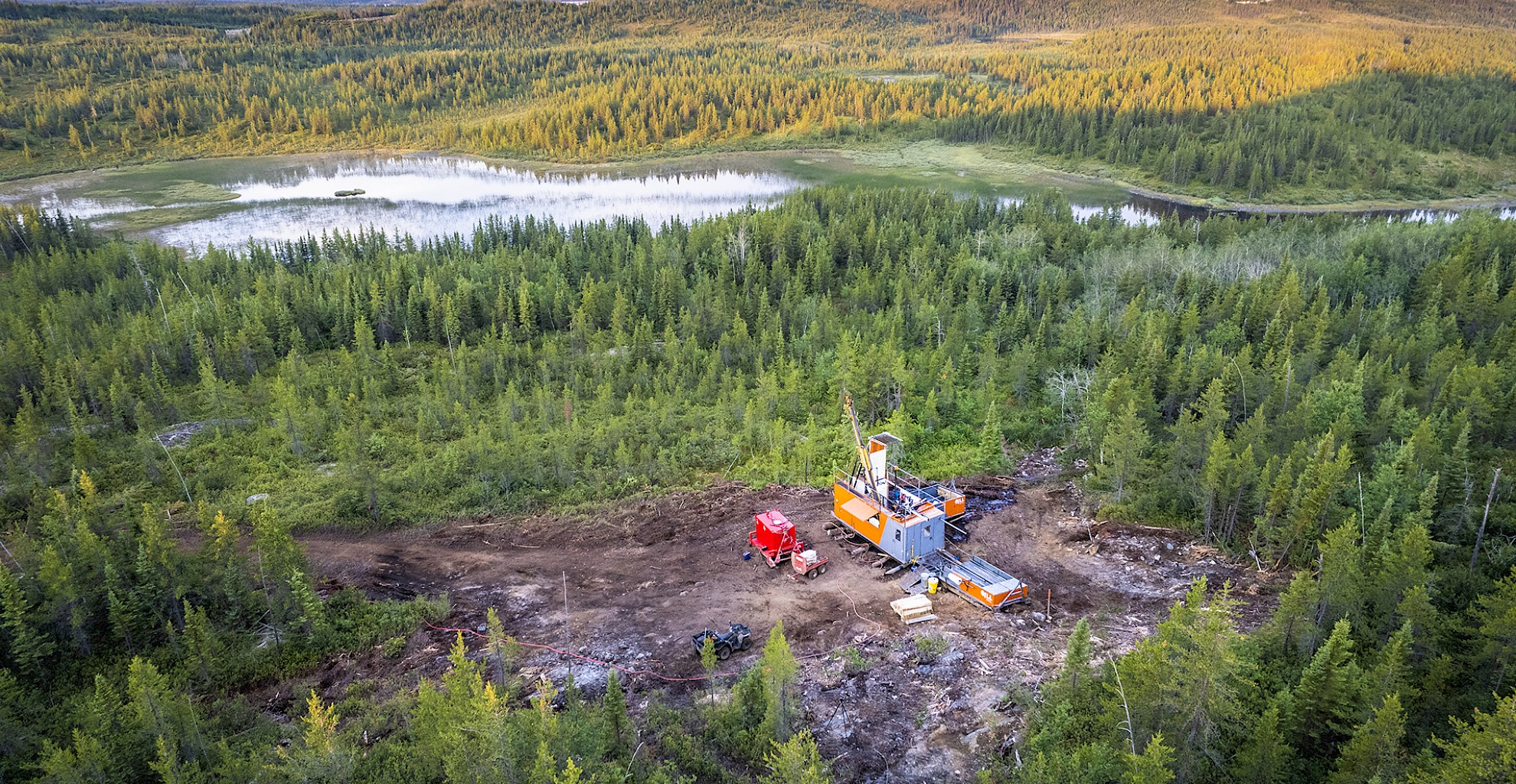 With positive historical drilling at the Moni showing trend, Fury commenced a drill program at the target in early spring. The program, that was completed at the end of May, consisted of 2,300 metres in seven drill holes. All seven holes intercepted anomalous gold mineralization and confirmed that the mineralization hosted within the Cheechoo tonalite remains open.
With positive historical drilling at the Moni showing trend, Fury commenced a drill program at the target in early spring. The program, that was completed at the end of May, consisted of 2,300 metres in seven drill holes. All seven holes intercepted anomalous gold mineralization and confirmed that the mineralization hosted within the Cheechoo tonalite remains open.
Following the spring drill program at Éléonore South, Fury has returned to the project to complete a biogeochemical sampling grid where a robust geochemical gold anomaly within the same sedimentary rock package that hosts Newmont’s Éléonore Mine has been identified. This target represents substantial new discovery potential on the Éléonore South property and Fury intends to bring this target to drill ready stage following the completion of the biogeochemical grid.
On May 14, 2024, the company released an updated mineral resource estimate for its Eau Claire project, which covers 24,000 hectares and is located 57 kilometres south of Newmont’s Éléonore Mine.
Eau Claire contains a combined open pit and underground resource of 1.16 million ounces of gold at a grade of 5.64 g/t in the measured and indicated category as well as an additional 723,000 ounces of gold at a grade of 4.13 g/t gold in the inferred category. That material is located in the Eau Claire and nearby Percival deposits.
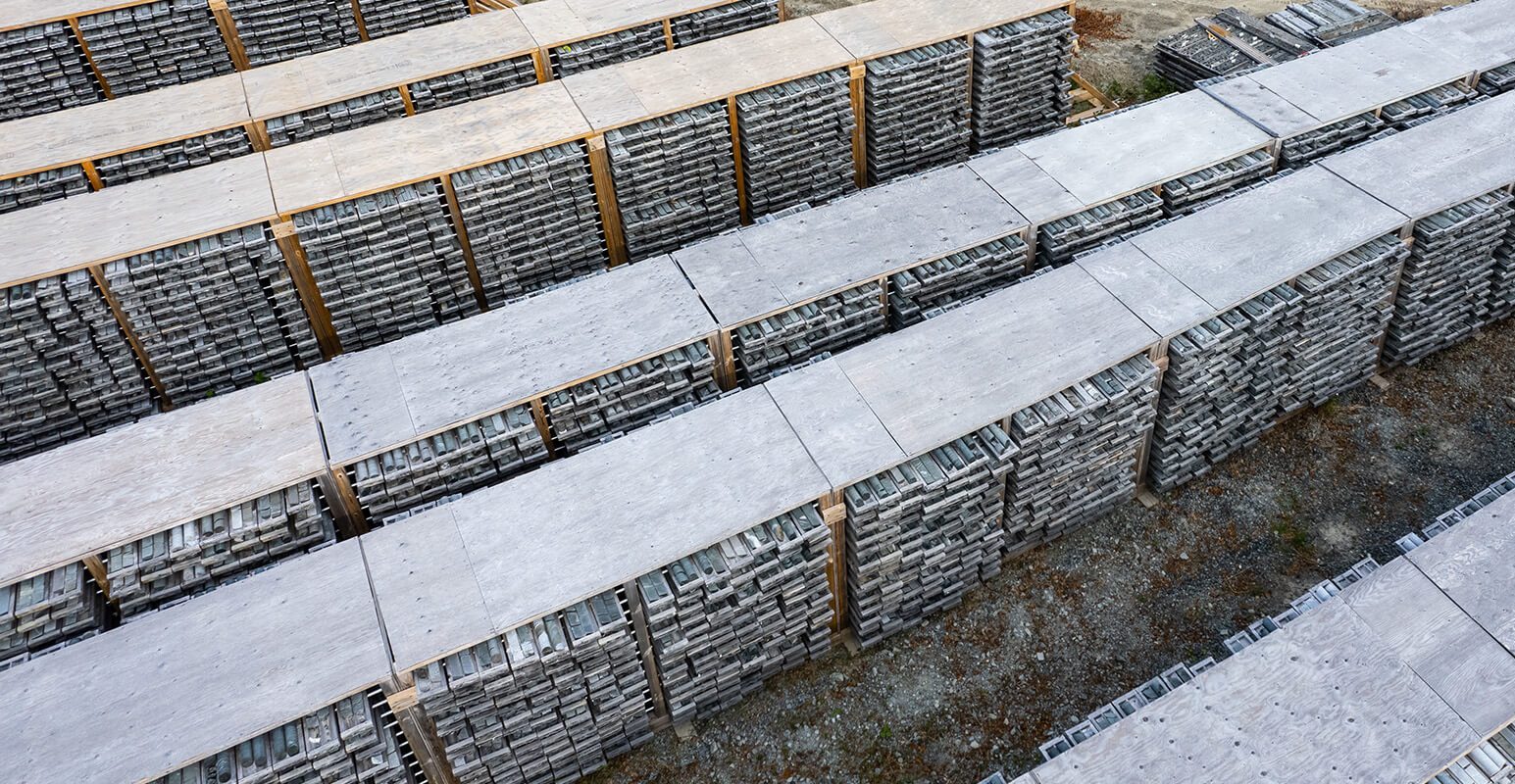 The latest estimate includes the addition of 307,000 ounces of gold in the measured and indicated category, marking a 36% increase from an earlier estimate, plus an additional 223,000 ounces of gold in the inferred category, marking a 44.6% increase from previous estimates.
The latest estimate includes the addition of 307,000 ounces of gold in the measured and indicated category, marking a 36% increase from an earlier estimate, plus an additional 223,000 ounces of gold in the inferred category, marking a 44.6% increase from previous estimates.
With an updated resource estimate now established, Fury is focused on new discovery on the Eau Claire property and is actively drilling the greenfield Serendipity Prospect. This target lies within the same prospective geological setting as Fury’s Percival deposit and is defined by 10 robust geochemical targets, three of which are being drill-tested in this summer’s exploration program.
Aside from the Quebec properties, Fury also holds a 100% interest in the Committee Bay gold project located in Nunavut Canada. The project covers over 250,000 hectares situated along the Committee Bay Greenstone Belt (CBGB). The CBGB is located approximately 180 kilometres northeast of Agnico-Eagle Mines Ltd.’s [AEM-TSX, AEM-NYSE] Meadowbank mine and extends more than 300 kilometres northeast to the shores of Committee Bay.
High-grade gold occurrences are found throughout the 300-kilometre strike length of the Committee Bay Gold Belt with the most significant being the Three Bluffs deposit. It contains an indicated resource of 523,835 ounces of gold at a grade of 7.85 g/t gold and inferred resource of 720,364 ounces at a grade of 7.64 g/t gold.
The Three Bluffs deposit remains open for expansion both along strike and at depth.
This article is a sponsored communication of Fury Gold Mines Limited which is responsible for its technical and other factual content. The technical content in regard to Fury’s Quebec projects have been approved by Fury’s Exploration Manager, David Rivard, PGeo, a qualified person and for Committee Bay by Bryan Atkinson, P.Geol a qualified person.



